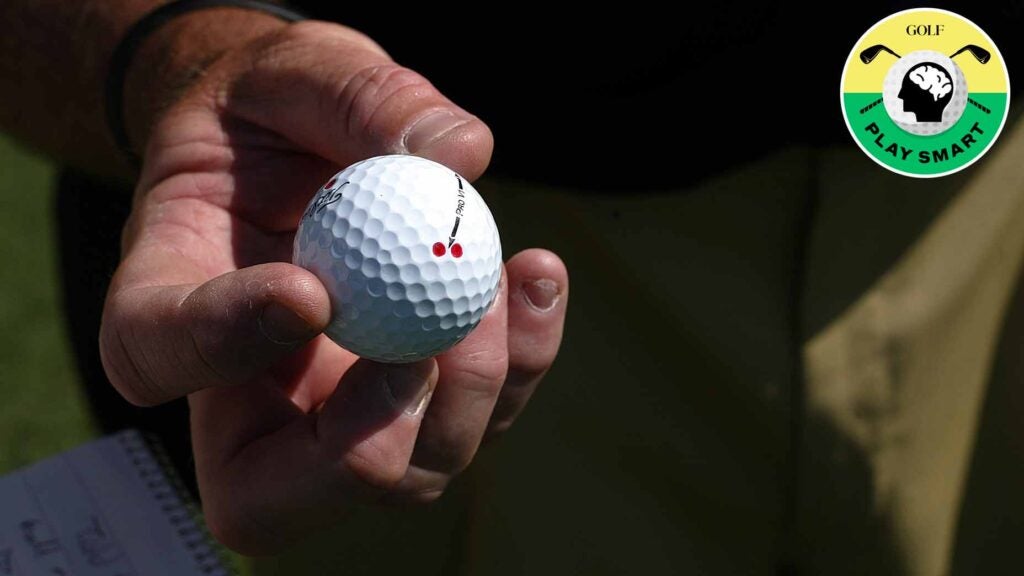Welcome to Play Smart, a regular GOLF.com game-improvement column that will help you play smarter, better golf.
There are two schools of thought when it comes to aligning your golf ball on the greens. One is to use a line on your ball. The other is to go at it without the line.
Now, there are benefits to either. For example, with a line, you can point the ball directly at your line, giving you a clear target on the greens. But without a line, you become more in tune with your feel.
“Anytime I use the line, I struggle with my speed,” Rory McIlroy said several years ago. “I’m so into what I’m doing here, that I lose connection with the target. So there are two different trains of thought.”
If you’re more of a feel player, going without a line might be your best bet. However, if you want to see if your ball is rolling end over end or not, using a line is the better option … or so we thought.
Michael Kim has become one of the best follows in professional golf of late, and he recently shared his thoughts on the line vs. no line debate. And according to the PGA Tour pro, using the line on your ball to see how it’s rolling isn’t as beneficial as you might think.
“That’s not the best way to do it,” he wrote. “It’s actually very hard to line up the ball perfectly on top which means the line will roll crooked even with a perfect stroke and greens are imperfect [sic], it can easily bounce offline at the start.”
So what you you do instead to check your stroke? Try a gate drill.
All you need to do is create a gate with tees a foot or so in front of your ball and try to hit the ball through it. If you’re actually rolling the ball well (and hitting your start line), the ball will roll straight through the gate. If not, the ball will bounce off the tees and you’ll know your stroke needs some work.
